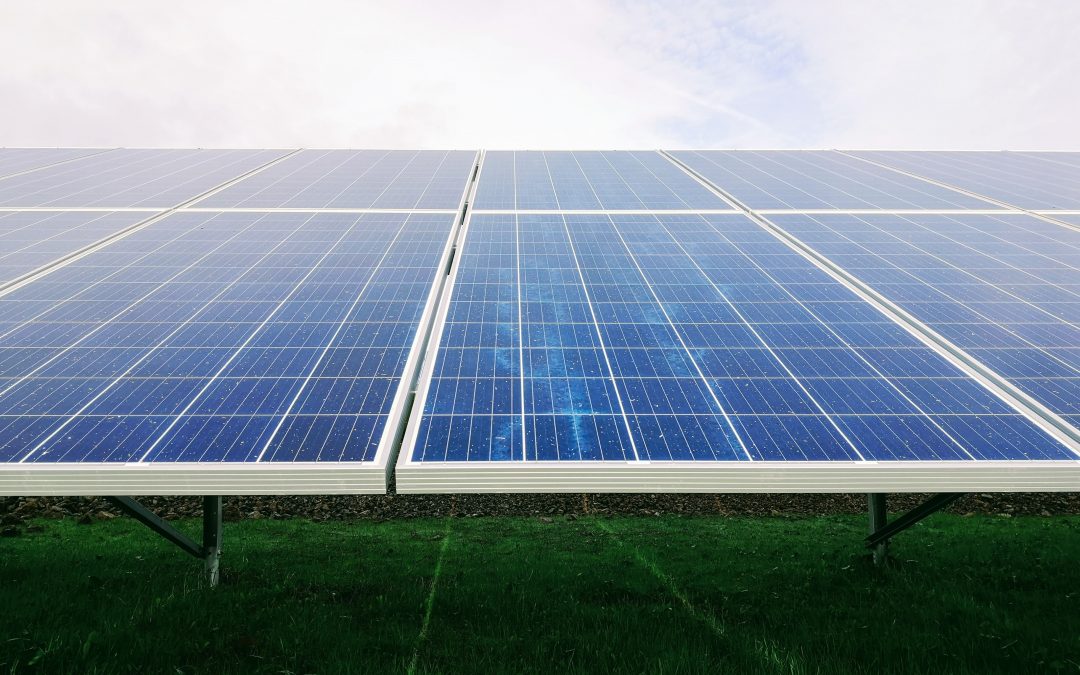Global demand for solar power is on the rise and rightfully so: it is an efficient form of green energy and a renewable solution toward lowering greenhouse emissions and addressing climate change. Government incentives, tax rebates, and lower prices have fueled increased consumer use, as well as broadened solar’s applications for both power generation and real estate development. The market is strong. However, solar companies’ profitability continues to lag behind this impressive growth. Companies can generate more value going forward by improving capital and operational efficiencies.
The global solar energy industry is expected to reach $422 billion by 2022, up from $84 billion in 2015, meaning that the market is growing at a CAGR of 24.2 percent. The United States installed 2.7 gigawatts (GW) of solar PV capacity in the first quarter of 2019, reaching 67 GW of total installed capacity. That is enough to power 12.7 million American homes and represents a 10 percent year-over-year increase. The U.S.’s total installed PV capacity is expected to more than double over the next five years, reaching over 15 GW of capacity installed annually by 2024.
Despite substantial growth, solar are continuing to struggle. Some developers and builders of solar power plants have seen their valuations drop, undergone restructurings, or even weathered bankruptcies. Factors like low oil and gas prices and increasing interest rates will continue to challenge the industry, but can be counterbalanced by better project margins, as well as improving capital flows and balance sheets.
Project Margins
Solar companies need to drive down the costs of building plants faster than the industry average. This can be accomplished by building systems that leverage more prefabricated components and are useful across a wider range of sites, rather than complete customization for each new project. Automation and aerial site assessments can also speed prototyping and, for large utility-scale projects, better assessments minimize rework for pile driving or trenching. The most straightforward path to profitability and, by extension, higher valuations, is to ensure that projects are finished on time and within budget. Delays and cost overruns reliably erode profitability and prevent solar players from generating more value.
Capital Flows and Strong Balance Sheets
Solar companies should look for new ways to attract long-term capital from institutional investors in order to improve capital efficiency and enable growth. Institutional investors are seeking high yields and low risk, and solar developers need dependable ways to liquidate higher-cost equity capital to reinvest in the next project. One solution is to create the next generation of YieldCo that houses long-term capital and also provides flexibility for project developers, as well as pure-play DevCos focused on equity without high debt levels. The industry is also testing PoolCos that invest on an asset-by-asset basis. Companies should also improve capital efficiency by ensuring that capital does not get locked up into long-term, low-margin uses. When capital is being put to use wisely and balance sheets are strong, it is possible to scale up without getting into financial trouble.
Falling costs, improved technology, and greater regulatory support will continue to fuel the industry’s growth, and developers that successfully lower the cost of their installed systems, manage the cost of capital, and improve their operations will increase their financial returns and generate more value.

